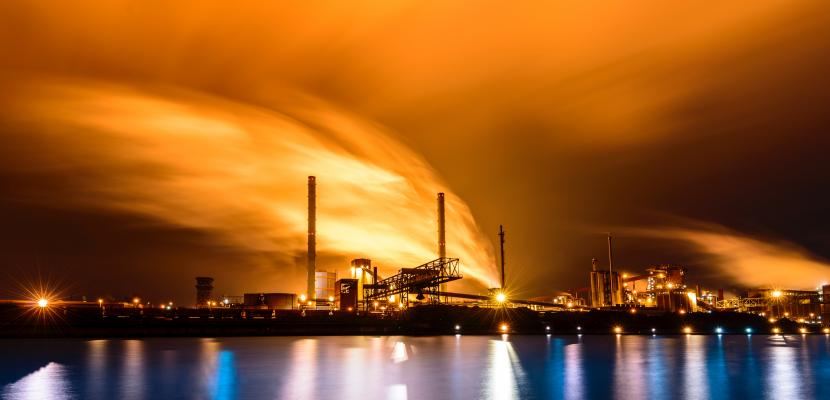Image

H2FUTURE
Published on 23 March 2021

Austria
Niederösterreich
This is the good practice's implementation level. It can be national, regional or local.
About this good practice
Global climate goals aiming to eradicate CO2 emissions by 2050 poses many challenges for industrial enterprises and energy suppliers, demanding new technological solutions in both sectors. The most promising solution for facilitating the energy transition in this context is seen in green hydrogen, which effects zero carbon emissions and it is primarily produced using electrolysis powered by renewable energy (i.e. wind or solar power to produce a sustainable and clean fuel).
The main goal of the EU-funded H2FUTURE project is to research and test solutions in industrial production of green hydrogen, as a means of de-carbonizing steel industry. Within this frame of reference, the key partners in the project operate and test solutions in a new plant built in Linz, with the plan to fed the green hydrogen generated directly into the internal gas network, allowing the testing of the use of hydrogen in various process stages of steel production. The high-tech heart of the plant has a capacity of six megawatts, and can generate 1,200 cubic meters of green hydrogen. In future the EU-funded EUR 18 million project will be used to test the potential applications for green hydrogen in the various process stages of steel production, and integration into the power reserve markets for the power grid system.
The main goal of the EU-funded H2FUTURE project is to research and test solutions in industrial production of green hydrogen, as a means of de-carbonizing steel industry. Within this frame of reference, the key partners in the project operate and test solutions in a new plant built in Linz, with the plan to fed the green hydrogen generated directly into the internal gas network, allowing the testing of the use of hydrogen in various process stages of steel production. The high-tech heart of the plant has a capacity of six megawatts, and can generate 1,200 cubic meters of green hydrogen. In future the EU-funded EUR 18 million project will be used to test the potential applications for green hydrogen in the various process stages of steel production, and integration into the power reserve markets for the power grid system.
Resources needed
The project if funded by the H2020 program under the topic “Demonstration of large-scale rapid response electrolysis to provide grid balancing services and to supply hydrogen markets”. Total project costs account 17 mil EUR.
Evidence of success
The project is an important milestone for the industrial application of electrolysis as a cornerstone for future industrial applications in the steel industry, in refineries, the manufacture of fertilizers, and other industrial sectors. By demonstrating that an industrially integrated PEM electrolyser can produce green hydrogen and supply grid services at the same time, the project received the award for the FCH JU "success story" in the second phased of project implementation, in 2018.
Potential for learning or transfer
Green Hydrogen produced based on CO2-free green electricity presents enormous potential for use as an industrial process gas, as well as for energy storage. By quantifying and benchmarking the technical, environmental, economic and grid related performance of the electrolyser plant, the project provides the background for developing scaling and replication scenarios not only for the steel industry, but also for other hydrogen demanding industrial sectors like the fertilizer industry. The role given to green hydrogen in existing regional and global energy transition scenarios differs greatly due to different reasons (i.e. not all scenarios rely on the same set of enabling policies, different levels of end uses of hydrogen included in a concrete scenario, etc.). The project represents the state-of-the-art in greening European industry, with replication potentials in different contexts - aligned with particular enabling policies characteristic to the region.
Good practice owner
You can contact the good practice owner below for more detailed information.
Organisation
Vorarlberg University of Applied Sciences

Austria
Vorarlberg
Contact
Scientific research